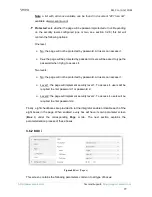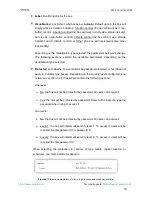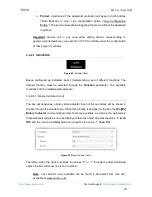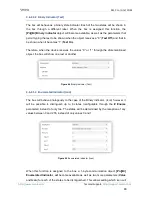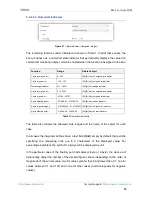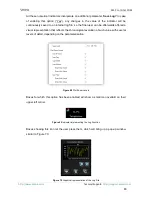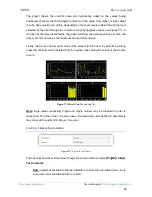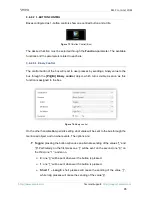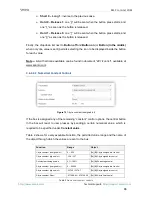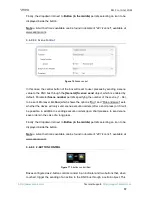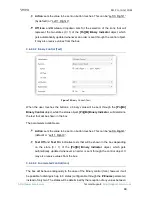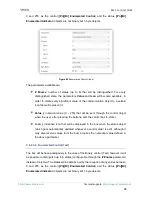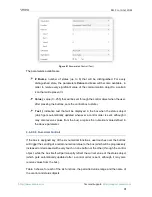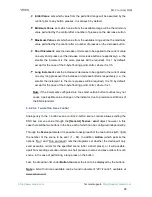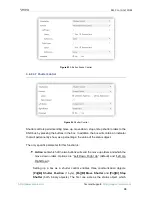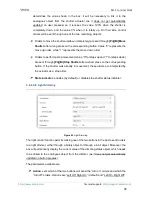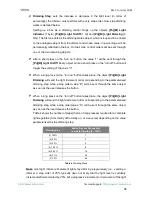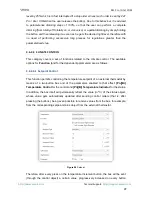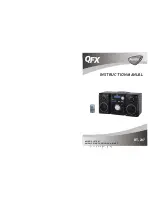
Z41 Pro / Lite / COM
http://www.zennio.com
Tecnical Support:
http://support.zennio.com
82
3.6.2.1.5
Numerical Indicators
Figure 67
1-Byte Indicator (Unsigned Integer)
The remaining functions under Indicator are shown in Table 1. In all of these cases, the
box will behave as a numerical state indicator that permanently displays the value of a
certain communication object, which is enabled when the function is assigned to the box.
Function
Range
Related object
1-byte (unsigned int.)
0
– 255
[Pn][Bi] 1-byte unsigned int indicator
1-byte (signed int.)
-128
– 127
[Pn][Bi] 1-byte signed int indicator
Percentage indicator
0%
– 100%
[Pn][Bi] Percentage indicator
2-byte (unsigned int.)
0
– 65535
[Pn][Bi] 2-byte unsigned int indicator
2-byte (signed int.)
-32768
– 32767
[Pn][Bi] 2-byte signed int indicator
2-byte (floating point)
-671088.64
– 670760.96
[Pn][Bi] 2-byte float indicator
4-byte (signed integer)
-2147483648
– 2147483647 [Pn][Bi] 4-byte Signed Int Indicator
4-byte (floating point)
-3.403E-38
– 3.403E-38
[Pn][Bi] 4-byte Float Indicator
Table 1
Numerical indicators
The table also reflects the allowed value ranges and the name of the object for each
case.
In all cases the integrator will be shown a text field (
Unit
), empty by default, that permits
specifying the measuring units (up to 6 characters) of the displayed value. For
percentage indicators, the symbol % always will be displayed as unit.
In the particular case of the floating point indicators (2-byte or 4-byte), the device will
dynamically adjust the number of the decimal figures shown depending on the order of
magnitude of the current value: two for values greater than 0 and lower than 0.1; one for
values between 0.1 and 100; and none for other cases (and analogously for negative
values).










